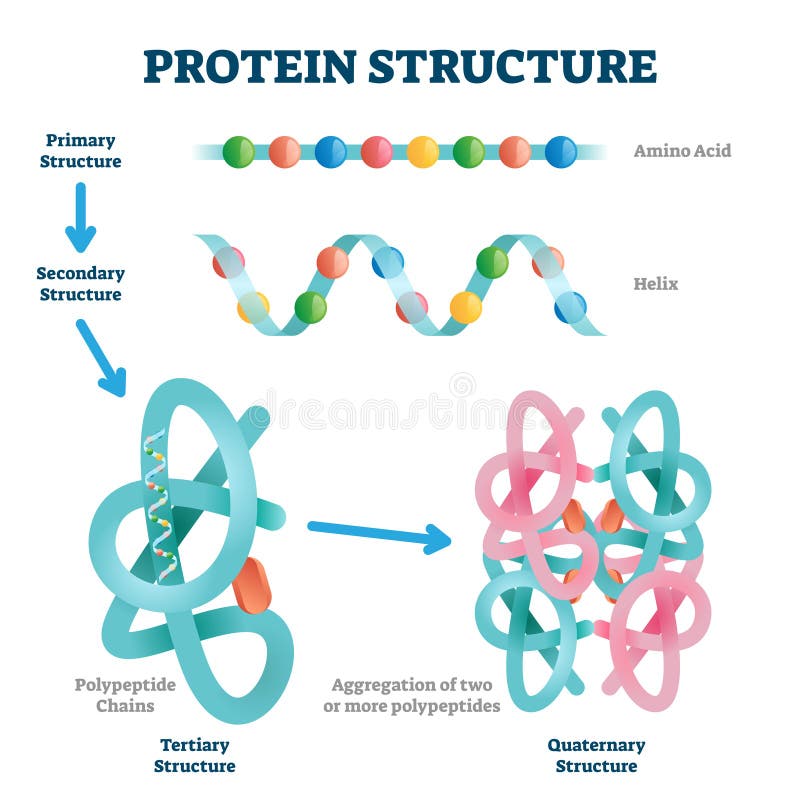
/protein-structure-373563_final11-5c81967f46e0fb00012c667d.png)
Note that the linked structure is the one which is currently displayed in the model window. You can embed a specific compound, macromolecule or crystal using the provided URL or HTML code. The Tools menu contains several utility functions which are listed below. You can use the element to create new atoms or modify existing atoms. In this toolbar you can select from a number of elements, you can also pick an element from the periodic table using the last button. Charge: increment (+) or decrement (-) the charge of atoms.Fragments: pick one of the fragments (benzene, cyclopropane, etc.) and add fragments.Bonds: pick one of the bond types (single, double, triple, up, down) and add or modify bonds.2D to 3D: converts the structural formula into a 3D model.Clean: cleans the structural formula using an external service.Full mode: displays all C and H atoms instead of skeletal display.Color mode: display atoms and bonds using colors.Lasso select: select atoms and bonds by drawing a freehand selection area.Rectangle select: select atoms and bonds using a rectangular selection area.


You can delete the selection using the DEL key or using the eraser tool. If you have selected a separate fragment, you can rotate it by dragging an atom in the selection. You can add/remove atoms and bonds to the selection by clicking them.

Ketcher: Chemical 2D data reader/writer.The Virtual Model Kit has been a source of inspiration for the birth of this project. This web application is built on top of the JavaScript libraries and online services listed below. You can use MolView to search through different scientific databases including compound databases, protein databases and spectral databases, and view records from these databases as interactive visualizations using WebGL and HTML5 technologies. MolView is an intuitive, Open-Source web-application to make science and education more awesome! MolView is mainly intended as web-based data visualization platform.


 0 kommentar(er)
0 kommentar(er)
